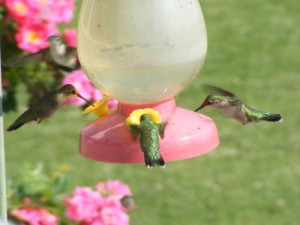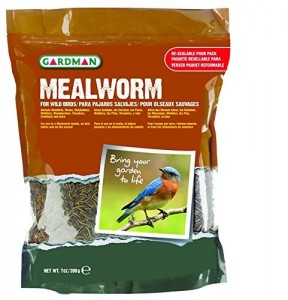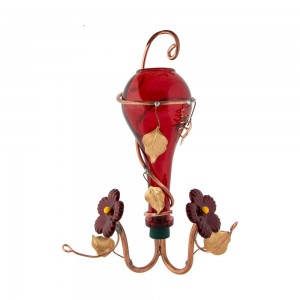Here’s a photo from Sharon M. in St Charles IL.
All posts by thebestnest
Hummingbird Nest are Tiny
Just how small are hummingbird nests and their eggs?
The US Fish & Wildlife gave us this visual example:
‘Bout the size of a dime!
Hummingbird eggs are tiny! Check for nests before you trim trees & shrubs this spring. (Photo: Jon Heale, USFWS) pic.twitter.com/y4SOCJnu3V
— US Fish and Wildlife (@USFWS) May 17, 2016
Burst Muscles in Hummingbirds
Burst muscle performance predicts speed, acceleration & turning of hummingbirds https://t.co/IuKig7DUY6 #ornithology pic.twitter.com/P0QBIn1KjU
— BOU (@IBIS_journal) May 10, 2016
7oz Dried Mealworms – Bluebird Favorite
7oz Dried Mealworms a Bluebirds Favorite!
Everyone loves the Bluebird!
There are two simple ways to attract these lovely birds…
- Put up a Bluebird house in an open location, preferably facing Southeast… or
- Put some Dried Mealworms in your feeder!
The Bluebirds favorite food is live mealworms, their 2nd favorite is dried mealworms. Here’s a simple trick to get these beautiful birds; simply start throwing some dried mealworms on the ground for a few days. After the birds find them put a plate of them on your deck or put out a feeder specifically for the worms.
That’s it, just keep at it. They will come!
We sell this 7oz package of dried mealworms on Amazon.com
Click here and look for the Sugar Shaker Nectar Maker(R) store on the right.
Just 13.99 + FREE SHIPPING in the US
Don’t Forget to Look for our Sugar Shaker Nectar Maker(R) store on the right!!!
Live Hummingbird Cam
Bella the hummingbird is back on her nest. You can see her and the chicks live on explore.com
Beautiful Ruby Red Jr
The absolute prettiest hummingbird feeder sold – The Ruby Red Jr by Perry’s Enterprises.
We love these feeders…
- Perfect for taking beautiful pictures with hummingbirds
- Made in America!
- Long lasting with glass bottle and pure copper tubes
- Yellow bee guards placed in red flower petals
- Doesn’t Leak!
We carry these beautiful feeders in stock and sell directly through Amazon.com
Always Free Shipping!
Aztec Warriors
Great article from Slate.com about how the Aztec revered the hummingbirds as great warriors.
Small snippet from the article…
“Aztec origin myths aside, hummingbirds really are badasses. And there’s a biological reason why: Their lives depend on it.”
Here’s where you can read the entire story.. Click Here

Cinnamon Hummingbird
Saw the pic on Twitter and had to share. If you are in the US you probably have never seen one of these. This is a Cinnamon Hummingbird, typically seen in Mexico. They are usually found in tropical and subtropical forests. Thanks to @lincssnapper for this pic.
1st ever attempt to photograph Hummingbirds gave me these pics of #CinnamonHummingbird think I have better to come pic.twitter.com/ITzDm8FhAG
— Nezzy (@lincssnapper) March 20, 2016
Hummingbirds and Hawks
Hummingbirds and Hawks may not be BFFs but the hawk is clearly a help to our small friend. Turns out hummingbirds like to nest near hawks. The hawks keep the jays away which allows the hummingbird chicks to grow and fledge.
See the twitter post below for more info.
Hummingbirds… Smart and resourceful. pic.twitter.com/BqqxzQo4oe
— UberFacts (@UberFacts) March 17, 2016
Hummingbird in a Wind Tunnel
Excellent video on how hummingbirds fly and remain steady in heavy winds. The researchers placed the birds in wind tunnel and used a high speed camera to record the results.




